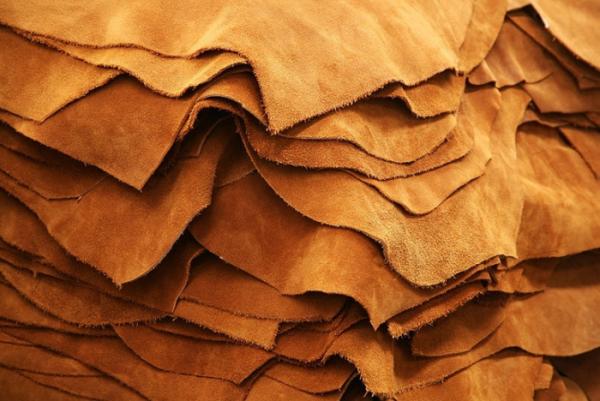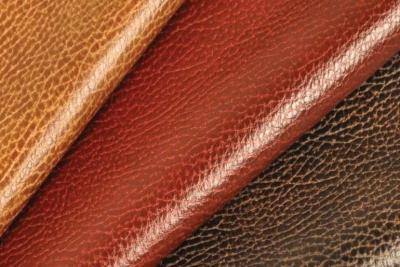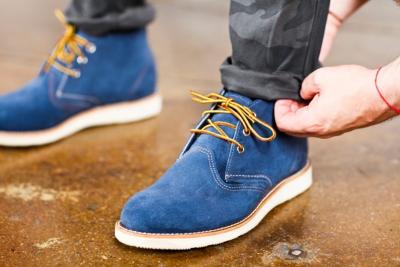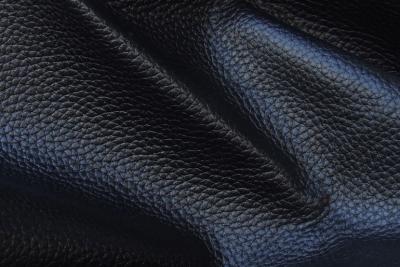An Overview Guide to Leather Grades

In the world of heritage/reproduction products with a focus on quality and sustainability, leather is right up there as one of the most commonly seen materials. Brands like Tanner Goods and Corter Leather champion hand-made goods that should last years and years. However, anyone looking to buy should be aware of what they’re paying for when it comes to leather products, and that means knowing at least a handful of the different grades of leather.
We’d like to set it straight for those confused by all the options out there. Although the below list does not include every last kind of leathers, it features the different quality grades every consumer should know before making a purchase.
Full-Grain Leather

Starting at the top of the chain, we have full-grain leather. The term full-grain refers to leather that hasn’t been sanded or buffed out to remove marks or imperfections, so it includes the entire thickness of the skin. While sanding these out may make the leather more visually appealing to some, keeping the grain allows for additional material strength and durability.
Only the highest quality furniture, luggage, and footwear often features full-grain leather, and it develops a beautiful patina over time. The popular natural leather that Tanner Goods uses is a full-grain tooling leather.
Top-Grain Leather

Second on the list, and the second-highest quality, top-grain leather has the split layer with imperfections taken away, making it thinner and more workable for the manufacturer. This is the most common type of leather used in high-end products (think handbags), you’ve likely seen it everywhere.
This leather has had its surface sanded and a finish applied, giving it a “smooth” feel. While this finish takes away most breathability, it prevents stains that would otherwise sink into full-grain leather.
Suede

Well-known to most, suede has a signature napped surface from the underside of the skin. Technically suede is formed from split leather, which has had the top-grain rawhide removed to leave behind the drop split. This can be further divided, or sanded down to reach the appropriate thickness. There are a variety of techniques to create suede (different splits, sanding, etc.), but its signature is its textured feel. Cow leather has a rougher feel, so lamb, goat, calf, and deerskin are commonly used instead.
Although suede feels great, it’s less durable because its thinner and absorbs liquid easily due to its porous surface. Similar to suede but generally regarded as being more durable, nubuck is top-grain cattle hide leather that has been lightly sanded on the outside. This creates a very short nap, giving leather its signature velvety feel.
Corrected-Grain/”Genuine” Leather

Simply put, corrected-grain or “genuine” leather has had an artificial grain applied to its surface. For those of you who are looking for high-quality leather goods, this would be a negative. The leather-like pattern is impressed into the surface and then sprayed with stain or dyes to give the fake grain a more natural appearance.
Bonded Leather

At the bottom of the pyramid, bonded leather uses leftover scrap pieces of leather that are shredded to a near-pulp. These shreds are then bonded together using polyurethane or latex on top of a fiber sheet. There’s no way of telling the level of organic leather material versus chemical, unless the manufacturer tells you (very unlikely). It’s obviously very cheap, so it is popular in furniture upholstery and other commercial uses.
Оставить комментарий
Для комментирования необходимо войти через
![]() Вконтакте
Вконтакте